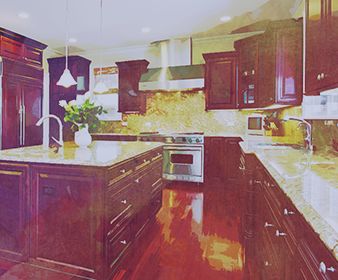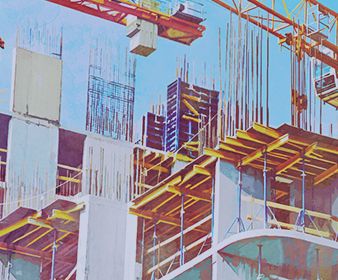Economic Influences
Business opportunities that HVAC professionals pay attention to.
For example, the Heating and Air-Conditioning Contractors industry is heavily influenced by activity in the construction market, with the majority of income generated from new HVAC installations in residential and nonresidential structures. Maintaining, monitoring and repairing existing equipment also accounts for a significant share of revenue, lending a stable source of revenue to the industry when construction markets fluctuate. These service segments also make the industry susceptible to changes in levels of disposable income.
In this industry, repair work is typically less resistant to economic fluctuations when compared to the plumbing industry. While keeping heating and cooling systems in working order is considered essential for maintaining quality of life, it is certainly a feature that homes or buildings can manage without. This luxury also experiences dramatic seasonality which can translate into inconsistent monthly revenue. These factors alone have a strong influence over the industry’s overall success.
Alongside stronger demand coming from downstream markets, national standards for energy efficiency, as well as a growing trend toward lowering household and business energy use, are projected to encourage building owners to upgrade to more efficient systems. In addition to these environmentally friendly standards, federal and state government energy efficiency incentives are expected to benefit HVAC contractors. This, in conjunction with rising electricity prices are also expected to motivate households to purchase or upgrade to more efficient HVAC systems so that they can lower their electricity bills long term. The culmination of these factors provides that, in the five years to 2021, industry revenue is anticipated to increase at an annualized rate of 2.9% to $95.7 billion in 2021.
Ultimately, in the five years leading up to 2016, industry revenue is expected to increase at an annualized rate of 4.1%. Moreover, the rebound of the housing market, along with an increase in economic activity, caused new construction to start picking up in 2011. Nonresidential building construction activity also increased as consumer spending and corporate profit caused an expansion in the business sector. Furthermore, the industry benefited from steady demand in long-term facilities’ maintenance and repairs, which consumers generally cannot put off. Consequently, these factors have helped increase demand for HVAC installations across construction markets.
Here is a snapshot of how important this regular work is. Maintenance and repair work performed on existing buildings in residential and commercial markets combined accounted for an estimated 48.3% of the industry's total revenue in 2016.

31.8%
HVAC maintenance and repairs.
5.9%
Refrigeration system installations, repairs, and maintenance.
10.6%
Existing structure HVAC installations (i.e. replacements)
51.7%
New construction HVAC installations.
Let’s get to know the industry. Here you’ll learn what influences their supply and demand, what the average job values are and what might affect those values over time. Below are some of the key external drivers that consistently influence the Electrician Business, requiring it to adapt to fluctuations:
About the Industry
The Heating and Air-Conditioning contractors industry has been rebounding over the past five years. In 2011, new residential and nonresidential construction began a robust recovery. Moreover, increasing business activity and consumer spending benefited business expansion plans and supported new commercial construction. Flexible lending rates over this period encouraged those with credit to purchase homes and undertake home improvement projects that further supported the residential construction sector.
At the same time, a recovery in per capita disposable income has allowed consumers to upgrade heating, ventilation and air conditioning (HVAC) systems. Industry operators were able to benefit from the repair and maintenance demand, which must generally be addressed immediately.
As a result of the strong recovery and subsequent growth in downstream markets, industry revenue is expected to increase at an annualized rate of 4.1% over the five years to 2016, reaching $82.9 billion.
Fun Fact: Believe it or not, there is not one HVAC conglomerate that holds the market share. The industry itself does not have substantial barriers to enter and given economic stability, it remains available for expansion.
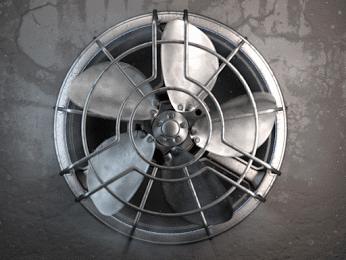
In 2014, the HVAC industry accounted for over 292,000 jobs and is expected to grow at least 14% by 2024.
What does it all cost?
Exception: Units that are more technologically advanced or higher square-footage will cost more to install.
These additional factors can affect what size unit your client will need. The following are a few key items to understand and consider. Keep in mind, cost can be influenced by a number of other factors, allow extra budget for other work, such as plastering, rendering or painting after an HVAC job is complete.
Structure Foundation Type
Type or Shape of the Roof
Color of the Roof
Insulation Values
Windows
Landscaping That can Affect how Much Sun or Wind Hits the House
The Temperature You Want
to Maintain
Where You Live
The Size of the House
Which way the House is Facing
Construction Materials Used When the House was Built
Exterior Doors
Industry History and Performance
While basic elements such as your geographic location and severity or depth of repairs, replacement or installation may influence the cost of service, HVAC will prove to be a bit harder to nail down job values. Communicate proactively with your client, they will be able to best convey their costs and profit per service area. Installations, however, will almost always be the most profitable service they provide. Below are some general values associated with installations as determined by specific brand name:
$2,900 to $5,100
York HVAC System
$3,500 to $4,600
Trane HVAC System
$2,300 to $3,400
Rheem HVAC System
$3,600 to $4,500
Lennox HVAC System
$3,400 to $4,600
Carrier HVAC System
$3,900 to $4,900
Bryant HVAC System
$3,900 to $4,800
Amana HVAC System
$1,900 to $3,900
Coleman HVAC System
$3,800 to $4,900
American Standard HVAC System
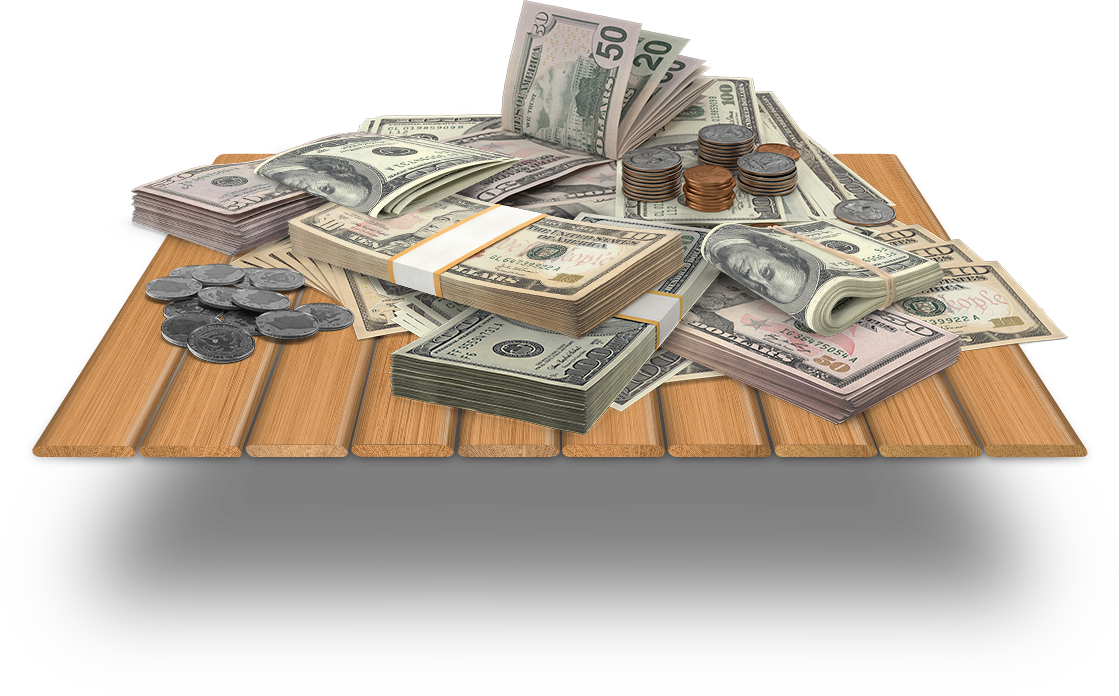
Sources
Information Sources
